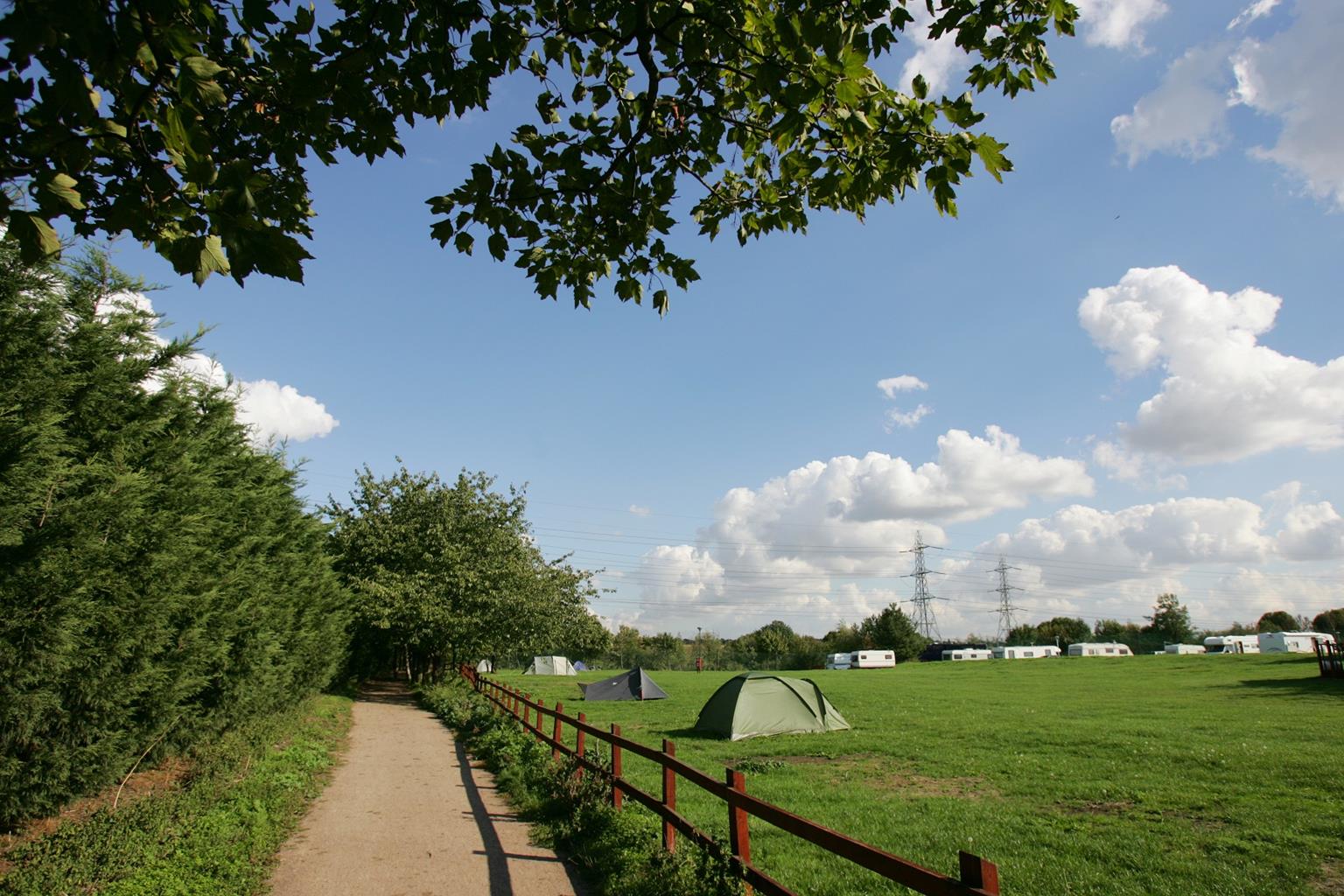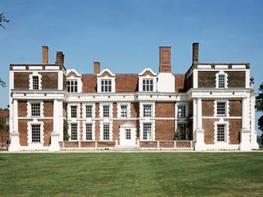Overlooking King George's Reservoir and close to Epping Forest, this popular and very peaceful…
Through Epping Forest

Follow Queen Victoria's path to the opening of the forest to Londoners.
5.75 miles (9.3kms)
About the walk
Shaped like a crescent and extending 12 miles (19.3km) south from Epping to Wanstead Flats, Epping Forest is divided by the Epping New Road which gives access from northeast London to the M25. Despite all the traffic, you need step back only a little to discover tranquil tracks and pathways meandering through 6,000 acres (2,430ha) of ancient woodland. For Epping Forest is not only a popular recreational retreat, but one of the few places where you can still see the effects of medieval forest management.
A gift from a queen
You can follow Queen Victoria's route from Connaught Water, near Chingford Station, where she arrived in 1882 to declare, 'It gives me the greatest satisfaction to dedicate this beautiful forest to the use and enjoyment of my people for all time.' She rode in an open carriage along Fairmead Bottom to High Beach, to the cheers of the crowds of Cockneys.
Prior to this, the forest was a hunting ground reserved for royalty. Queen Elizabeth I used to hunt from the lodge named after her (now the Epping Forest Museum), and probably galloped over an early Roman settlement, Loughton Camp, a few miles to the east. Stray off the pathways and into deep, shaded glades and you might spot fallow or muntjac deer, descendants of the dark fallow deer introduced by James I in 1612. You can also enjoy the landscape near The Kings Oak pub, where Henry VIII breakfasted on 19 May, 1536, as he waited to hear that Anne Boleyn had been executed.
At the Epping Forest Conservation Centre a trail leads you through an ancient landscape of coppiced and pollarded trees. In medieval times cattle and deer were free to graze, and woodsmen harvested wood for domestic purposes, a practice which ceased in 1878. Trees were coppiced, or cut to ground level, allowing new shoots to grow from the stump. If left unfenced, the new shoots made easy fodder for animals. To save the trees from further damage the branches were cut above head height every 12 to 15 years, a system known as pollarding. Explore the forest today and you'll find several thousand of these pollarded trees, identifiable by their massive crowns.
Walk directions
From the car park walk between wooden posts and bear left on the gravel path which hugs Connaught Water. Walk around the lake for 800yds (732m), turn left after the boardwalk and continue along the path with high trees towards Fairmead Bottom. (This low-lying area may flood after rain.)
After 400yds (366m) turn left onto the tarmac road, and after a few paces cross Palmer's Bridge and bear right onto the grassy track, which continues ahead close to the A104 on your right. The path crosses meadows to Fairmead Pond on your left. After this bear left and join the bridleway track. Continue uphill, to pass to the right of the car park where there is a tea hut.
Continue up the tarmac road for 100yds (91m), and turn right by the metal gate onto the wide hoggin bridleway, which undulates through high woods and pollarded beech trees. Maintain direction for 0.5 miles (800m) and at a crossing of paths take the path left, which leads into the wooden fenced enclosure of Epping Forest Conservation Centre.
Leave the Conservation Centre by the front path, turn left and walk past The Kings Oak pub. After 300yds (274m), with a pair of cottages on your left, take the path right. Walk under high trees for 250yds (229m) to reach the tarmac road and the secluded location of High Beach Church. With the church behind you turn left downhill, and after 300yds (274m) turn right onto the path between high pollarded trees.
After a short way it joins a sandy track. This is the Centenary Walk, which maintains direction through thick woodland for 0.5 miles (800m) to the deep cutting of the small brook. Cross the earth bridge and follow the Centenary Walk as it curves right. Reach the wide, grassy cross-path and bear left.
After 300yds (274m), at a triangular area of trees, keep ahead to turn right onto the Green Ride bridleway. This popular horse trail bisects North Long Hills and Whitehouse Plain. At the confluence of paths maintain your direction through Bury Wood, and at a crossing of paths take the next path on the right which leads to open heath. Take the path half right, and ahead notice the wooden frames of Royal Forest and Butlers Retreat, popular watering holes. Turn left downhill by the A1069 and return to the car park.
Additional information
Woodland paths and bridleways, some road
Ponds, ancient woodland and open heathland
Great fun, though a bit muddy; keep on lead around horses
OS Explorer 174 Epping Forest & Lee Valley
Free car park on A1069 at Connaught Water
Epping Forest Conservation Centre and Epping Forest Visitor Centre
WALKING IN SAFETY
Read our tips to look after yourself and the environment when following this walk.
Find out more
Also in the area
About the area
Discover Essex
Essex is full of pleasant surprises. It has the largest coastline of any county in England, with its fair share of castles, royal connections and scenic valleys. Take Colchester, for example, which was built by the Romans and is Britain’s oldest recorded town. Its castle contains the country’s largest Norman keep and yet, a stone’s throw from here, East Anglia’s newest arts centre promises to put Colchester firmly on the map as Essex’s capital of culture.
Tidal estuaries are plentiful and their mudflats offer migrating birds a winter feeding place. Essex was known as the land of the East Saxons and for centuries people from all over Europe settled here, each wave leaving its own distinctive cultural and social mark on the landscape. Walking a little off the beaten track will lead you to the rural retreats of deepest Essex, while all over the county there are ancient monuments to explore:
- the great Waltham Abbey
- Greensted, thought to be the oldest wooden church in the world
- the delightful village of Pleshey has one of the finest examples of a former motte-and-bailey castle
- Hedingham Castle, magnificently preserved and dating from the 11th century.
Nearby stays
Restaurants and Pubs
Nearby experiences
Recommended things to do
Why choose Rated Trips?
Your trusted guide to rated places across the UK
The best coverage
Discover more than 15,000 professionally rated places to stay, eat and visit from across the UK and Ireland.
Quality assured
Choose a place to stay safe in the knowledge that it has been expertly assessed by trained assessors.
Plan your next trip
Search by location or the type of place you're visiting to find your next ideal holiday experience.
Travel inspiration
Read our articles, city guides and recommended things to do for inspiration. We're here to help you explore the UK.


















